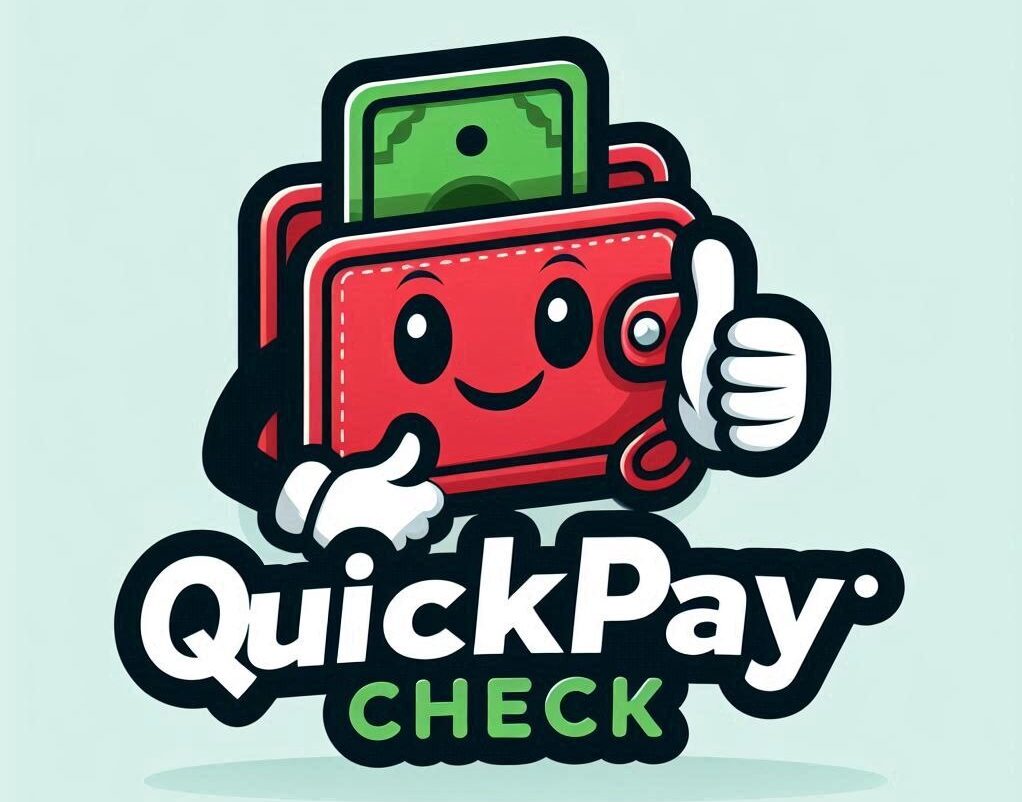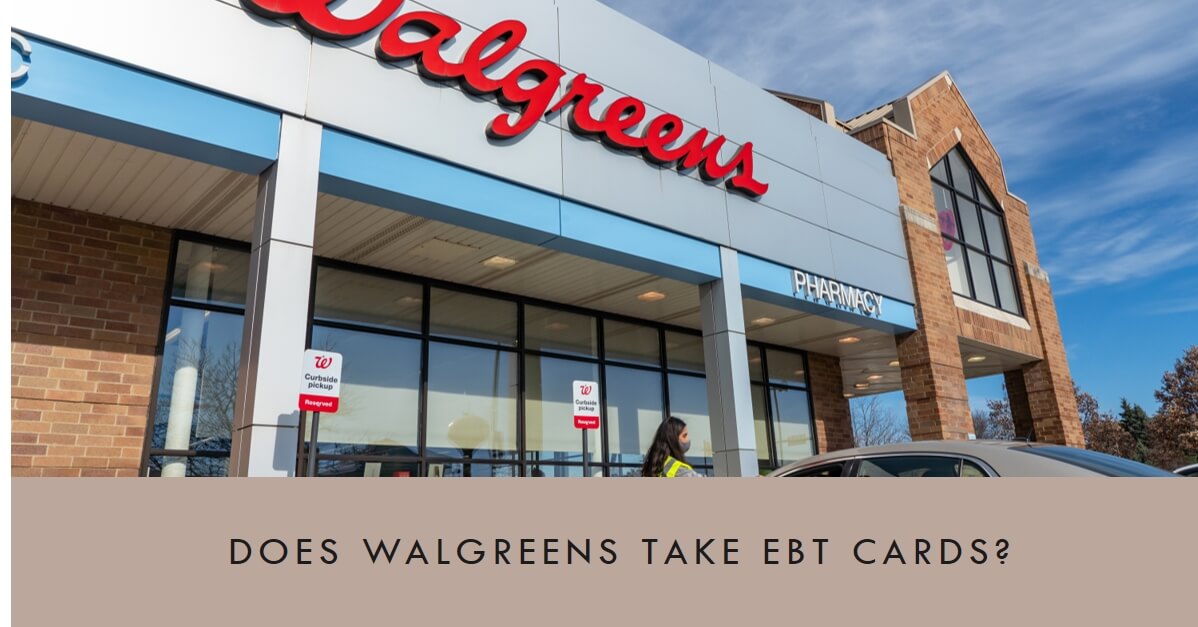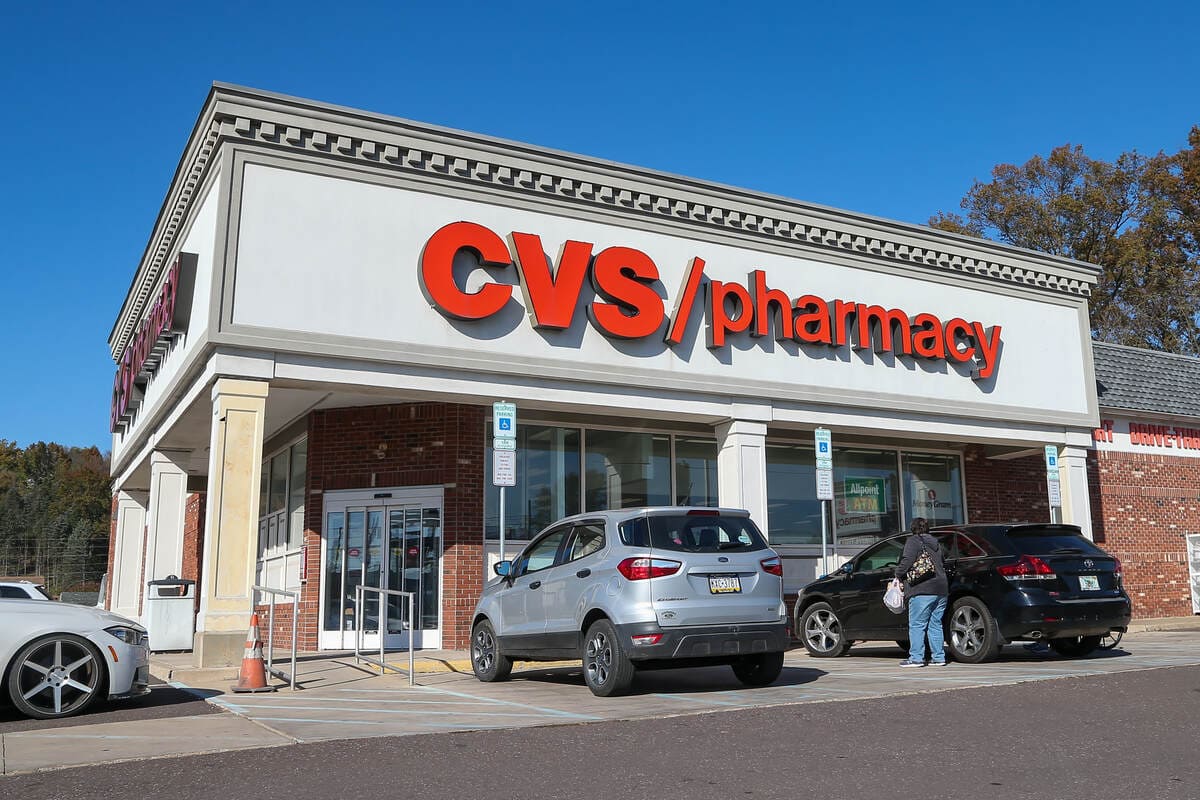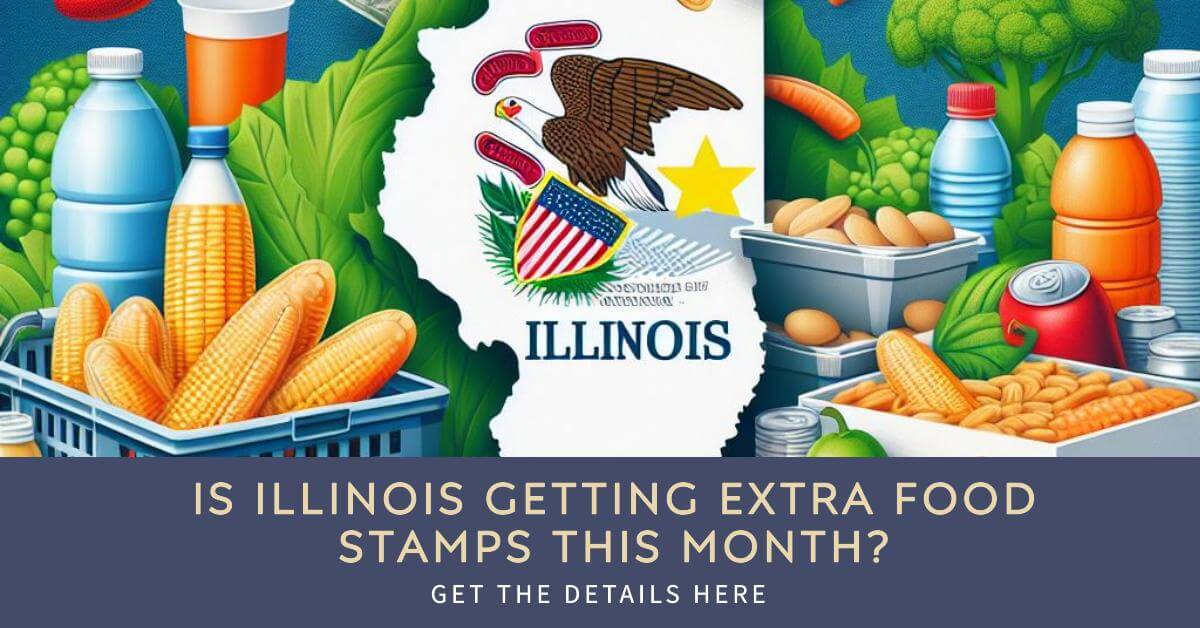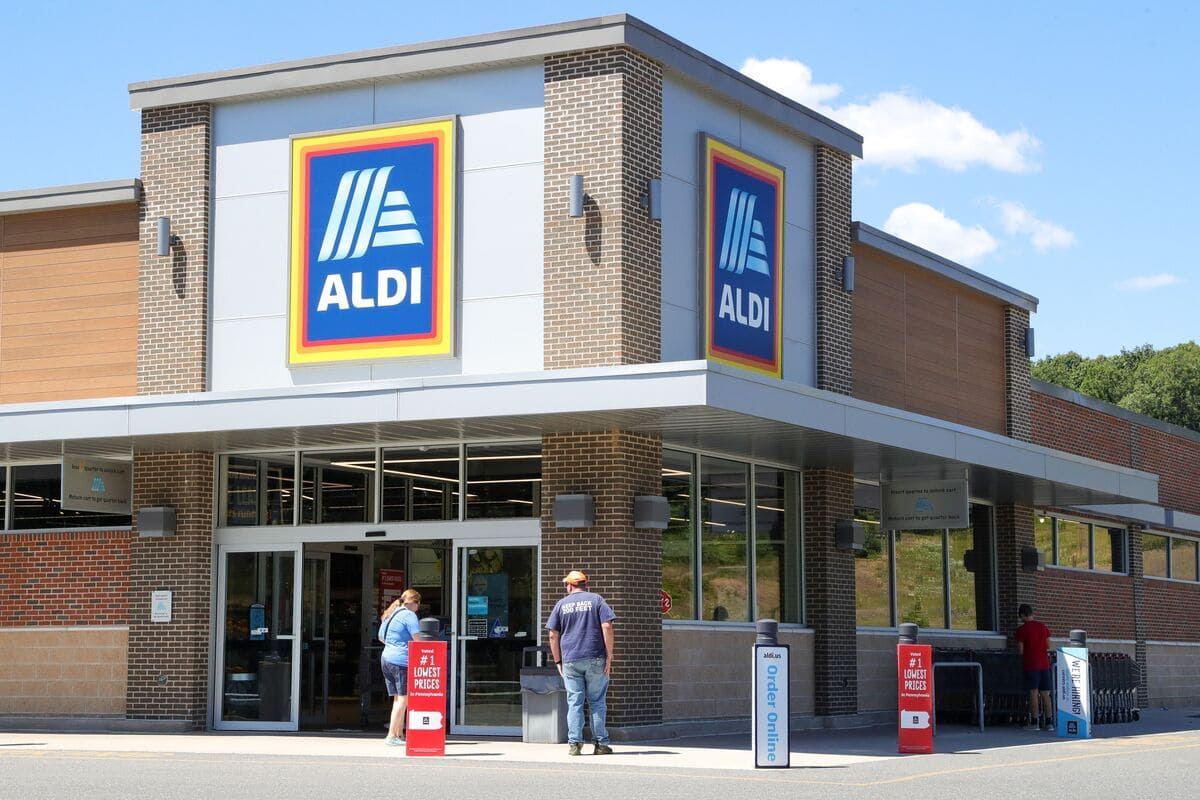Our pets are part of the family – they offer unconditional love and companionship. As a pet owner myself, I know how heartbreaking it can be to see your furry friends go hungry when money is tight.
That’s why one of the most common questions I get asked is: can you buy dog food with food stamps? Or more generally – can SNAP benefits be used to purchase pet food to feed your cats and dogs when on a limited budget?
The short answer is typically no, SNAP or food stamps cannot be directly used to buy pet food or supplies. But as we’ll explore here, there are some workarounds pet owners can utilize if eligibility requirements are met.
In this detailed guide, we will cover:
- An overview of SNAP and food stamp programs
- Explanation of the rules prohibiting pet food purchases
- How to potentially use TANF cash benefits for pet expenses
- Retailers’ policies on buying pet food items with EBT cards
- Additional resources to secure discounted or free pet food
- Budget-friendly pet brands and cost-saving tips
- And more to help pet owners in need care for their furry companions
So if you thought your only option was to give up your beloved cat or dog due to financial constraints, read on for some viable solutions!
What Is SNAP and How Does It Differ From Regular Food Stamps?
To understand if pet supplies can be purchased under food assistance programs, we first need to clear up what exactly SNAP and food stamps refer to.
SNAP stands for the Supplemental Nutrition Assistance Program – this is the formal name for what is now commonly known as the food stamp program. It is a federal government initiative overseen by the U.S. Department of Agriculture (USDA) to provide nutritional help for low-income individuals and families.
Eligible participants are issued an EBT card (Electronic Benefits Transfer card) which operates much like a debit card to redeem SNAP benefits at authorized grocery stores and retailers. As of 2022, over 41 million Americans rely on SNAP benefits to purchase food every month.
In the past, qualifying households were issued paper-form food stamps – hence the enduring name – that worked as physical vouchers to exchange for grocery items. The program transitioned to EBT cards for efficiency and convenience.
So in essence, SNAP and food stamps refer to the same modern-day assistance program. We will primarily refer to it as SNAP from this point forward since that is the formal administrative name.
Why Can’t SNAP Be Used To Purchase Pet Food and Supplies?
Now that we understand the basics of the SNAP (Supplemental Nutrition Assistance Program), let’s dive into the rules and restrictions around what it covers.
The core intent behind SNAP is to provide food and nutrition for human consumption – after all, the full name emphasizes “Nutrition Assistance Program.”
As per USDA guidelines, pet food, veterinarian bills, grooming supplies and all other pet-related expenditures are classified under non-food items. This renders them ineligible for purchase through SNAP EBT cards.
Some key things SNAP benefits cannot be used for:
- Pet food – whether cat, dog or other animals
- Pet supplies like grooming tools, toys, collars etc
- Veterinarian bills and medications
- Non-edible items like pet beds, leashes
- Any other pet costs
Additionally, retailers have policies prohibiting ‘split tender’ transactions – meaning SNAP benefits cannot fund even a portion of purchases containing both eligible human food as well as ineligible items like pet food.
However, here is an important note on exceptions:
- Specialty pet foods labeled as ‘human grade’ may technically be SNAP eligible if explicitly stating for human consumption on labels
- Working guide or service dogs’ food may be covered but with strict documentation
Without fitting these narrow criteria, pet food and supplies are overwhelmingly excluded SNAP expenditures.
While this is unfortunate for pet owners relying on food stamps, the intent is to reserve limited funding specifically for vulnerable populations’ nutritional needs.
Can TANF EBT Cash Benefits Be Used For Pet Food and Supplies?
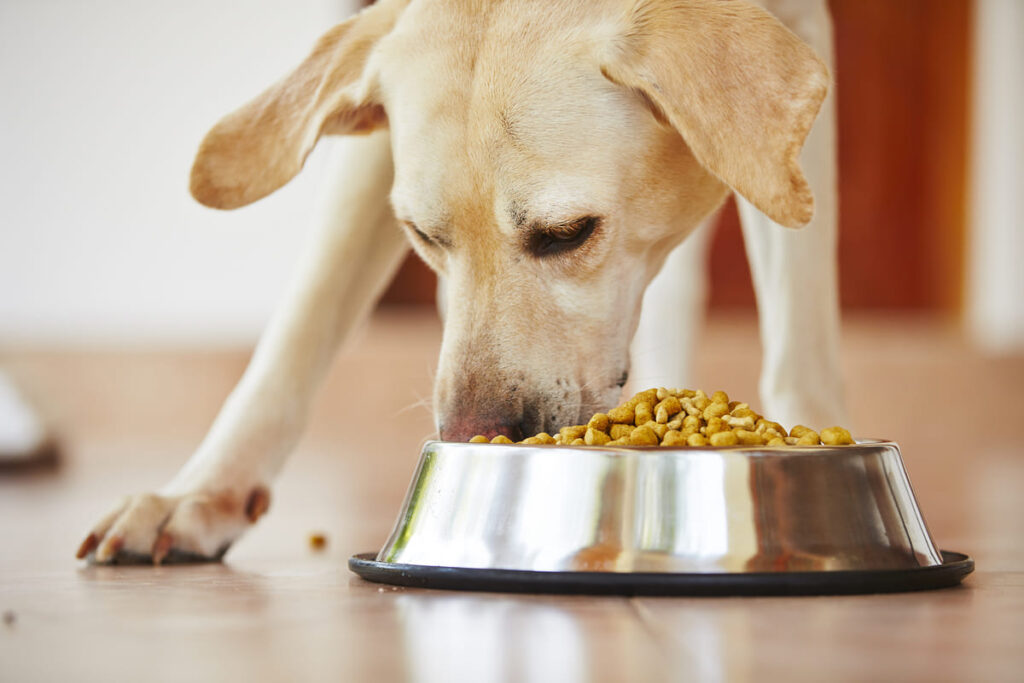
So SNAP is quite restrictive when it comes to using benefits for pet expenses. But there is another form of assistance – TANF – which offers a touch more flexibility.
TANF stands for Temporary Assistance for Needy Families – it is a federal welfare program providing cash grants to extremely low income households with dependent children and pregnant mothers.
These cash benefits are also delivered via EBT cards which can be used to withdraw money from ATMs.
The key distinction versus SNAP is there are no rules prohibiting use of TANF EBT cash on pet food or supplies. Other non-essential, non-food items are also potentially eligible expenses.
However, to qualify for TANF involves clearing much more stringent eligibility criteria versus SNAP – income thresholds must be far below the federal poverty guideline along with asset limits. Applicants must also:
- Have a dependent child under 19 years old or a pregnant mother
- Pass ongoing employment and job training requirements
- Clear drug tests and criminal background checks in some states
So TANFreceipt is far less common than SNAP – while SNAP aids 41 million+ Americans, only around 2 million receive TANF support as of 2021.
But for that niche population which does depend on TANF’s cash benefits lifeline, using a portion of the funds for vet bills, pet food, medications and other animal care costs is allowed under the program’s rules.
This offers a crucial workaround to be able to provide for your pets when severely economically disadvantaged.
Just be mindful of rationing funds responsibly – make sure your family and dependent children’s fundamental needs are fully addressed first before apportioning money toward furry friends.
What Are Major Retailers’ Policies on Buying Pet Food and Supplies with SNAP EBT?
While TANF EBT cash offers more leeway to pay for pet expenses if extremely low income qualified, most pet owners utilizing food stamp benefits have SNAP EBT funds.
So what options exist when it comes to attempting to purchase pet food and supplies using SNAPallowances at major big box stores?
Below we outline a few major retailers’ guidelines regarding using EBT benefit cards on pet items:
Walmart
Walmart has authorized acceptance of SNAP EBT for qualifying grocery items under USDA’s regulations since the 1980s.
However, their policy strictly adheres to excluding pet food, medications or any supplies ineligible per SNAP restrictions from EBT transactions.
So Walmart does not make exceptions for customers attempting to buy pet products via SNAP account funds on EBT cards.
Target
Target’s SNAP EBT policies align with federal guidelines – disallowing pet food, vitamins, grooming supplies or related purchases.
They do not facilitate special exemptions or ‘split tender’ scenarios to ring up animal supplies not sanctioned under SNAP regulations.
Grocery Stores
Smaller local supermarket chains and independent grocery stores often take similar stances aligned with SNAP terms banning pet product purchases via EBT cards.
But some locations may be more flexible based on management discretion and desire to accommodate community needs.
It is worthwhile carefully inquiring at your frequently visited grocery stores whether any flexibility or workarounds exist to allow pet care items not normally covered based on individual circumstances. The worst they can say is no.
Offering to furnish any documents like past veterinarian receipts may also demonstrate legitimate need if policies can be amended on a case-by-case basis.
Be polite when inquiring – retail staff often have little control but may advocate to higher ranks on your behalf if approached diplomatically.
Pet Stores
Big box pet retailers like PetSmart and Petco unfortunately have blanket policies not accepting SNAP EBT cards for any merchandise in stores.
As pet supplies specializing chains, they rightfully can only transact via traditional payment methods.
Attempting SNAP EBT payments for animal products at dedicated pet outlets will invariably fail.
So in summary – major chains follow USDA pet food purchase restrictions for SNAP benefits strictly. But some wiggle room may exist at smaller grocers depending on appealing to management empathy.
What Other Resources Can Help Secure Free or Discounted Pet Food?
While SNAP’s confines make purchasing pet necessities difficult for EBT holders, some other local channels exist to secure free or reduced price animal supplies for economically disadvantaged.
Here are a few options to explore if counting pennies to care for your cat or dog:
Food Banks and Shelters
Many community food banks, homeless shelters and houses of worship operate pet food pantries delivering free supplies for struggling families.
Use Pet Food Finder and Humane Society locator tools to discover pantries, animal welfare groups and shelters distributing cat/dog food in your locality.
These provide vital lifelines helping offset pet costs that SNAP benefits fail to cover. Utilize them as supplementary sources rather than sole providers to ease budget constraints caring for animal companions.
Non-Profit Support Programs
Numerous non-profit initiatives like Humane Society, PAWS and Red Rover offer financial assistance safeguarding pets in poverty-stricken homes.
Grants help fund vet bills, medications, pet food that many loving but impoverished owners cannot afford.
If income criteria are met, these organizations provide crucially helpful stipends protecting animal health and welfare. Never hesitate to apply if seriously financially struggling.
Local Discounts and Free Samples
Inquire with neighborhood pet stores whether loyalty programs, promotional discounts or “misfit bags” exist providing reduced rate or even free pet food periodically.
Many smaller independent shops try helping regular patrons facing adversities.
Certain pet food manufacturers can also be contacted to request free samples to trial. While limited in volume, every bit helps chip away at expenses.
Building relationships with local animal retail outlets and vet offices can unlock empathetic assistance even when SNAP falls short meeting pet nutritional needs.
What Are Some Budget-Friendly Pet Food Brands to Consider?
Despite exhausting the above outlets, paying full price for pet provisions straining personal budgets remains a painful reality for many devoted animal caregivers.
In these instances, educated shopping for discounted quality brands combined with bulk purchase savings can slash dog food costs to more manageable levels when every dollar counts.
Here are some budget-friendly pet food suggestions to economizecosts without sacrificing nutrition:
– Purina Dog Chow: A long trusted brand offering classic dry dog food formulas at just $1/lb or less
- Iams Proactive Health: Features premium ingredients promoting immunity and digestion for around $1.30/lb
- Whole Earth Farms: Human grade recipes using ethical, natural components priced below $2/lb
- American Journey from Chewy: High quality grain-inclusive or grain-free recipes between $1-$1.50/lb
- Nature’s Recipe: Budget wet and dry recipes delivering complete balanced nutrition for under $2/can
Finding the most economical sizes, bulk order savings, auto-delivery subscriptions, and retail promotions for these and other value brands further chips away at pet food volume costs over time.
Mixing some wet (veterinarian recommended) with dry kibble also helps economically while adding moisture.
Getting the best nutritional bang for each hard-earned buck takes time investment – but protects pets from neglect when government food benefits cannot bridge gaps.
Final Thoughts
Despite federal and community programs aiming to support nutritional shortfalls, too often the tiniest household members’ needs get overlooked when family budgets barely cover human necessities.
This heartbreakingly forces some pet owners to relinquish their beloved cats and dogs purely stemming from financial deficiencies.
Hopefully this guide has shone light on pathways humanely preserving cherished bonds with animal companions – whether utilizing TANF distributions for pet expenses or locating local food banks and health assistance.
No loving pet guardian should ever feel backed into surrendering “man’s best friend” when exploring every possible alternative.
With compassion and creativity, even the most underprivileged circumstances can adapt to incorporate essential animal provisions.
Stay proactive and remember – your furry friends emotionally nourish your soul every bit as much as you physically nourish their tummies.
Prioritize finding solutions keeping everyone sheltered, fed, cared for and mutually thriving within limitations life has dealt. Where there’s a will, there’s always a way, however winding the path appears.
Now you are equipped with far greater insight on if and how SNAP benefits may somehow contribute toward Jasper’s or Kitty’s dinner bowls. Never hesitate applying for and creatively allocating every potential avenue of aid.
No sentient being deserves neglect for socioeconomic circumstances beyond their control. From soup kitchen volunteers to child hunger advocates – take comfort knowing many stand ready to assist if you actively seek them out.
You and your pets deserve security and comfort through society’s safety nets. Believe this and breathe easier as we collectively navigate these complex times.
